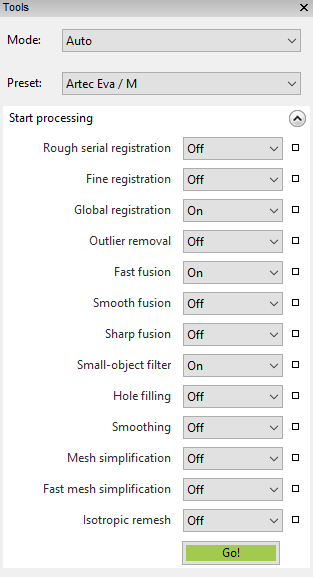

Bioconductor has a step by step guide to starting an Amazon Web Instance that they’ve pre-configured this way. The most user-friendly way to use cloud computing is to set up a server to run RStudio, which can then be accessed by a web browser and works just like it would on your desktop.

Personally, I think that a cloud-based service like Amazon avoids administrative hassle if you are on a short deadline or have a one-off task, but if you need lots of power regularly, getting in on a local cluster is worthwhile. Depending on your particular set-up, you may need to to run your program in batch mode to use such clusters. If you’re at a university, there are probably high-power computing clusters available to you. If you just need to run a task once, and you think you are going to have to spend more than an hour rewriting your code, you might as well use that hour getting a virtual machine set up and never worry about computing power again.Ĭloud resources like Amazon aren’t the only way to get more computer power. Sometimes you don’t even need more computing power, you just need to run R on some other computer without tying up your machine for hours. 3 These virtual machines can also have much more memory than your laptop or desktop. You can have 100 MacBooks of computing power for less than minimum wage.
Artec studio speed up algorithms pro#
The cost of computing power roughly equivalent to my 2011 MacBook Pro is 13¢ per hour. It’s so easy to set one up that I accidentally started one today without meaning to while searching for the link. You have an account, right? Amazon rents virtual machines on the web. If you have a task that only needs to be accomplished a few times, you might be best off finding more resources rather than re-writing your code. I’m going to talk about the blunt instruments first, then get into the idiosyncrasies of code. Because I’m especially mindful of consideration #3, this guide is somewhat in the reverse of traditional tutorials on this topic. With these in mind, I’ll go through some strategies for speeding up your R computations. Use the simple solutions and you can get on with your research/life.
Artec studio speed up algorithms code#
The time spent optimizing code is often longer than the computing time actually saved. Yes? You are among the 90% or R users who’s first priority is not computer programming. No? Please contact me and I’ll help you with that. Some tricks for speeding up code will work well as a quick-and-dirty fix, but are likely to break in new versions of R or are disallowed from CRAN packages altogether. If you use parallel processing, it won’t be usable to others who don’t have multicore computers. Most of the considerations of (1) apply here, but they have to be balanced with the fact that, if your code is painfully slow, others are not going to want or have time to use it.Īlso, some optimization strategies don’t transfer well. But which is more intuitive to read? 1 (2) Do you want your code to be sharable? 2 For instance, and curly braces can be faster than parentheses. Comments, indenting, and formatting go a long way, but your choices make a difference, as Ted notes above.


If you need to explain your code to yourself or others, or you will need to return to it in a few months time and understand what you wrote, it’s important that you write it in a way that is easy to understand. There may be some ways of writing code that are better or worse, and there are definitely ways that will make it run faster, but before you dive into optimization, you should ask yourself these questions: (1) Do you want your code to be readable? I’m just going to say it.I like for loops in #Rstats, makes my code readable.All you *ply snobs can shove it!Ĭode optimization is a matter is a matter of personal taste and priorities. It’s customary to quote Donald Knuth at this point, but instead I’ll quote my twitter buddy Ted Hart to illustrate a point: This is an overview of tools for speeding up your R code that I wrote for the Davis R Users’ Group.


 0 kommentar(er)
0 kommentar(er)
